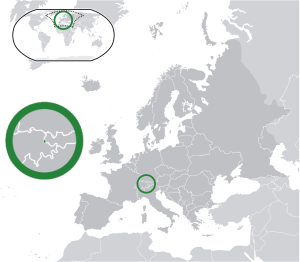From the ‘conversations that I’ve actually had’ department:
“Hey Steve, do you have a second?”
“Sure, what’s up?”
“What’s SCADA?”
“I have no idea, don’t we have people that actually know the answer to that question?”
“Yes, but I’m insinuating that you should write a blog about it.”
Great idea, Chief of Operations! Because I myself was not an expert on SCADA at the time, I decided to dive into this and pull out a quick primer. So, in two hundred and fifty words or less, let me tell you a little about SCADA. Set your watch, ready, and go!
SCADA, or Supervisory Control And Data Acquisition, is a type of an industrial control system. I would tell you more about those, but we don’t have the time.
SCADA usually refers to centralized systems which monitor or control entire sites, multiple sites, or large areas. Think of anything from an industrial plant, to a nuclear power station, to the principality of Lichtenstein.
A typical SCADA system usually has the following components (with much less shilling):
- A Human-Machine Interface (HMI) which presents the processed data to a human operator. This is how us humans monitor and control the process.
- Remote Terminal Units (RTUs), or Programmable Logic Controllers (PLCs) that handle the actual data acquisition.
- A communication infrastructure connecting the next important part – a supervisory system, usually a computer – to the RTUs/PLCs. The supervisory system is the one that actually gathers the acquired data, and sends commands/control to the RTU/PLCs.
- Various process and analytical instrumentation.
Obviously there is a lot more that goes into this system than a short list with the basic components that I have listed above. That’s where people like the experts at L-Tron come in. We leverage our industry expertise and experience to put together a package that best fits your needs, and possibly educate you a little bit along the way! In fact, here is a blog post written by a colleague of mine that has some additional information about SCADA.
For those keeping score at home, that was two hundred and forty words! Hopefully you’re a bit more educated today than you were a minute and a half ago, and feel free to let us know if you have any more detailed questions. Operators, as they say, are always standing by!
